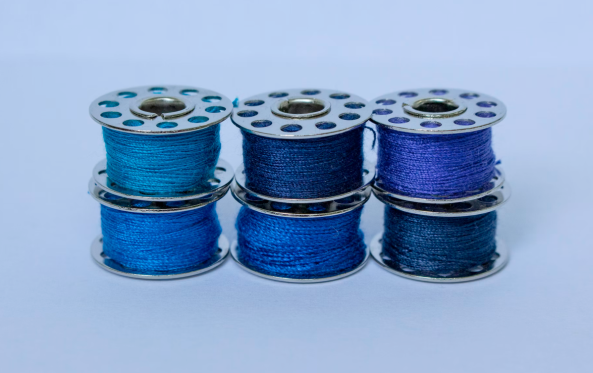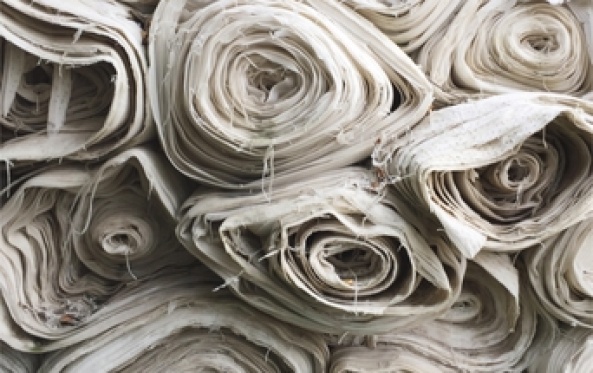
13th edition of Refashion Innovation Challenge
Refashion's Innovation Challenge is back for its 13th edition! Find out more about the call for R&D projects and how to apply!

Refashion's Innovation Challenge is back for its 13th edition! Find out more about the call for R&D projects and how to apply!

Pour la 2ème édition de son appel à projets annuel dédié au réemploi, Refashion soutient 35 projets en France métropolitaine et à La Réunion.|Pour la 2ème édition de son appel à projets annuel dédié au réemploi, Refashion soutient 35 projets en France métropolitaine et à La Réunion.
Project developers: Product development / Design Partners : Suppliers / Quality

After collection and sorting, end-of-life clothing, textile products and footwear undergo a recycling preparation stage.
This constitutes the dismantling phase which consists in separating the different parts of the item and eliminating the "hard points" (external sorting disruptors, in other words, what can be separated from the fabric, for example zips, buttons, eyelets…).
In effect, without this dismantling phase, the hard points would most likely damage garnetting machines or generate sparks (likely to provoke a fire) and dust (reducing the quality of recyclable material).
Owing to this, clothing is often dismantled manually even if R&D projects are in progress in order to develop semi-automatic dismantling.
Manual dismantling therefore results in higher labour costs.
The eco-design of products, which consists in reducing the number of hard points, can, in this context, enable savings to be made.
Complexity of implementation
Estimated economic gain
Human means
Implementation timeframes
Try it! : Follow the sheet step by step and have a go!
Make the designer aware as regards hard points: aesthetic criteria, cost and impacts on recycling clothing (See Tool 1).
Draw up a detailed product inventory (labels, zips, pockets, hoods, buttons...) based on the product sketch.
Using a table, ask in-depth questions about the function of every element: aesthetic, practical...(See Tool 2)
Answer the following question for every element: is it essential?
If the element is not essential, can it be removed ?
If the element is essential, what replacement solutions meet the same function (resorbable thread, plastic buttons…) and are easier to recycle?
When they can't be removed, prefer hard points in the same material as the product.
Example for a shirt made from PET, prefer buttons made from PET.
Find out about hard point alternatives that suppliers may propose.
If needs be, identify new suppliers.
Consult the quality department to find out what points to watch out for with respect to the replacement elements identified.
Regroup hard points in the same place on the product in order to facilitate dismantling.
Based on the recommendations in the previous stages, for every product, identify the number of elements which continue to act as a brake on recycling and those which no longer do.
Integrate the hard point replacements in the product sheets in order to capitalise on information.
If your company has no "design" service and works according to "picking", try to make your supplier aware of the hard points problem when choosing products.

A retail brand committed to environmental responsibility

Zero waste, recycling and water conservation

Measuring, reducing and offsetting CO2 emissions